In an era of increasing environmental awareness and the pressing need to reduce our carbon footprint, energy benchmarking has emerged as a crucial tool for measuring and improving energy efficiency in buildings. San Francisco, with its commitment to sustainability and green initiatives, is at the forefront of this movement. However, meeting energy benchmarking requirements in this bustling city can be a complex task filled with challenges. In this article, we’ll explore the significance of energy benchmarking, the hurdles that building owners face, and practical strategies for overcoming these challenges.
Understanding Energy Benchmarking
Energy Benchmarking Defined
Energy benchmarking is the process of measuring a building’s energy consumption and comparing it to a baseline or similar structures. It serves as a vital tool for assessing and improving a building’s energy efficiency. In San Francisco, where environmental consciousness is ingrained in the city’s culture, energy benchmarking is a key driver in reducing greenhouse gas emissions and achieving the city’s sustainability goals.
Why San Francisco has Specific Requirements
San Francisco, like many other major cities, has specific energy benchmarking requirements due to its dense urban environment and commitment to reducing its environmental impact. These requirements help track energy use in buildings, identify inefficiencies, and ultimately reduce energy consumption.
Benefits of Energy Benchmarking
Energy benchmarking offers numerous benefits for building owners, tenants, and the environment. These advantages include:
- Cost Savings: Identifying and addressing inefficiencies can lead to substantial cost savings on energy bills.
- Environmental Impact: Reduced energy consumption means lower greenhouse gas emissions, contributing to a greener, more sustainable city.
- Marketability: Energy-efficient buildings often have higher property values and are more attractive to eco-conscious tenants.
- Compliance: Meeting energy benchmarking requirements ensures compliance with local regulations, avoiding penalties and legal issues.
The Importance of Compliance
Legal and Regulatory Framework in San Francisco
San Francisco has implemented strict energy benchmarking regulations to achieve its sustainability goals. Local ordinances such as the Existing Commercial Buildings Energy Performance Ordinance (ECB Ordinance) require building owners to annually benchmark and disclose energy usage data.
Consequences of Non-compliance
Failure to comply with energy benchmarking requirements can have serious consequences. Building owners may face fines and legal action, tarnishing their reputation in the market. Non-compliance also impedes the city’s progress towards a more sustainable future.
Prioritizing Compliance
Given the potential legal and financial repercussions, it’s essential for building owners to prioritize compliance with San Francisco’s energy benchmarking requirements. But doing so is not without its challenges.
Common Challenges in Energy Benchmarking
- Data Collection and Accuracy
One of the primary challenges faced by building owners is collecting accurate and comprehensive energy data. Many older buildings lack modern energy management systems, making data collection a manual and time-consuming process.
Solution: To overcome this challenge, consider investing in automation tools and software that can streamline data collection and analysis. These tools can aggregate data from various sources and provide valuable insights into energy consumption patterns.
- Privacy Concerns
Energy benchmarking often involves collecting sensitive data about building occupants and their energy usage. Privacy concerns can arise when sharing this information, especially in multifamily buildings.
Solution: Ensure compliance with data privacy regulations and anonymize sensitive information when reporting energy usage. This can help protect the privacy of building occupants while still meeting benchmarking requirements.
- Technical Expertise
Understanding and implementing energy benchmarking can be technically challenging, especially for building owners who lack expertise in energy management.
Solution: Building owners can bridge this knowledge gap by participating in training programs and workshops focused on energy benchmarking. Alternatively, they can hire energy consultants with the necessary expertise to guide them through the process.
- Cost Implications
Investing in energy benchmarking measures can be seen as an additional cost for building owners, especially for those with tight budgets.
Solution: Explore funding options and incentives available for energy efficiency projects. In many cases, the long-term cost savings from improved energy efficiency far outweigh the initial investment.
Strategies for Overcoming Challenges
Data Collection and Accuracy
To address the challenge of data collection and accuracy, building owners can implement the following strategies:
- Automation Tools and Software: Invest in energy management software that automates data collection, analysis, and reporting. These tools can provide real-time insights into energy usage, making benchmarking more efficient.
- Professional Energy Audits: Consider conducting professional energy audits to identify energy-saving opportunities and ensure accurate data collection. Energy auditors can provide valuable recommendations for improving energy efficiency.
Privacy Concerns
To tackle privacy concerns while meeting energy benchmarking requirements, follow these strategies:
- Compliance with Data Privacy Regulations: Familiarize yourself with local and national data privacy regulations, such as the California Consumer Privacy Act (CCPA) and ensure compliance when collecting and reporting energy data.
- Anonymization of Sensitive Information: Implement data anonymization techniques to protect the privacy of building occupants while still reporting accurate energy usage data.
Technical Expertise
To overcome the technical expertise barrier, building owners can consider these solutions:
- Training Programs and Workshops: Enroll in energy benchmarking training programs and workshops offered by local organizations or online platforms. These programs can provide valuable insights and practical knowledge.
- Hiring Energy Consultants: If the technical aspects of energy benchmarking are overwhelming, consider hiring energy consultants or professionals who specialize in energy efficiency. They can guide you through the process and ensure compliance.
Cost Implications
To address cost implications and make energy benchmarking more affordable, explore these options:
- Funding Options and Incentives: Research available funding options, grants, and incentives for energy efficiency projects in San Francisco. Many programs offer financial support to offset the initial costs of benchmarking and efficiency improvements.
- Long-term Cost Savings: Recognize that energy benchmarking is an investment in the long-term sustainability and profitability of your building. The energy savings achieved through benchmarking and subsequent efficiency improvements can lead to significant cost reductions over time.
Tools and Resources
For building owners looking to embark on their energy benchmarking journey in San Francisco, there are several valuable tools and resources available:
- ENERGY STAR Portfolio Manager: This free online tool provided by the U.S. Environmental Protection Agency (EPA) helps track and assess building energy consumption, making it easier to comply with benchmarking requirements.
- San Francisco Department of the Environment (SF Environment): SF Environment offers guidance, resources, and support to building owners navigating energy benchmarking in the city. They can provide valuable information on local regulations and best practices.
- Local Energy Consultants: Consider hiring local energy consultants who specialize in San Francisco’s energy benchmarking requirements. They can offer tailored guidance and expertise to ensure compliance.
Future Trends in Energy Benchmarking
As technology continues to advance, the field of energy benchmarking is evolving. Some future trends to watch for in the industry include:
- Smart Building Technologies: The integration of IoT devices and smart building technologies will make it easier to collect real-time energy data, improving accuracy and efficiency in benchmarking.
- Predictive Analytics: Advanced data analytics and machine learning algorithms will enable predictive modeling of energy consumption, allowing building owners to proactively address inefficiencies.
- Increased Automation: Automation will play a more significant role in data collection and reporting, reducing the burden on building owners and improving compliance.
Conclusion
Energy benchmarking is not just a legal requirement in San Francisco; it’s a crucial step toward a more sustainable and energy-efficient future. While challenges exist, they can be overcome with the right strategies and resources. Building owners should prioritize compliance, leverage available tools and support, and invest in energy efficiency to reap the long-term benefits of reduced energy consumption, cost savings, and a greener city.
San Francisco’s commitment to sustainability and environmental responsibility means that energy benchmarking will continue to play a central role in the city’s efforts to combat climate change and promote a more sustainable built environment. By meeting these challenges head-on, building owners can contribute to the city’s mission and create a better future for all.
Elevate your property’s energy efficiency with VertPro.com, your one-stop solution for Commercial Energy Audits, Benchmark Compliance consultancy, and our cutting-edge Construction Marketplace. As industry pioneers, VertPro empowers Building Owners and Property Managers nationwide with innovative SaaS technology-based solutions. From Energy Benchmarking to Energy Audits/RCx Plus, we ensure compliance with over 50 Energy Benchmarking and Energy Efficiency Laws.
Don’t miss out on maximizing your property’s energy potential and value. Explore VertPro.com’s comprehensive solutions today and let us help you unlock the transformation your property deserves.
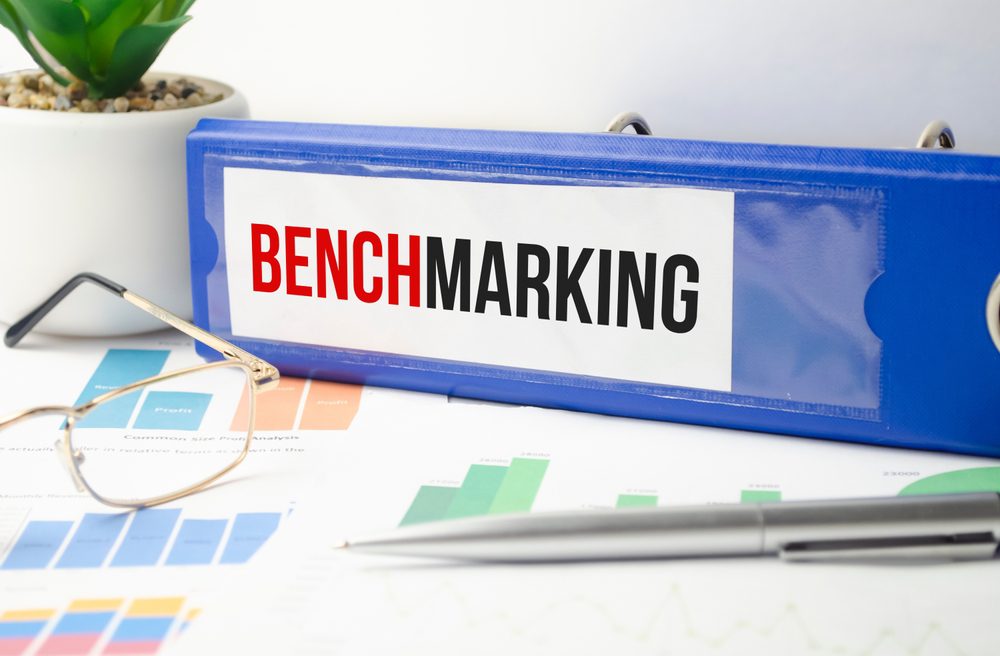
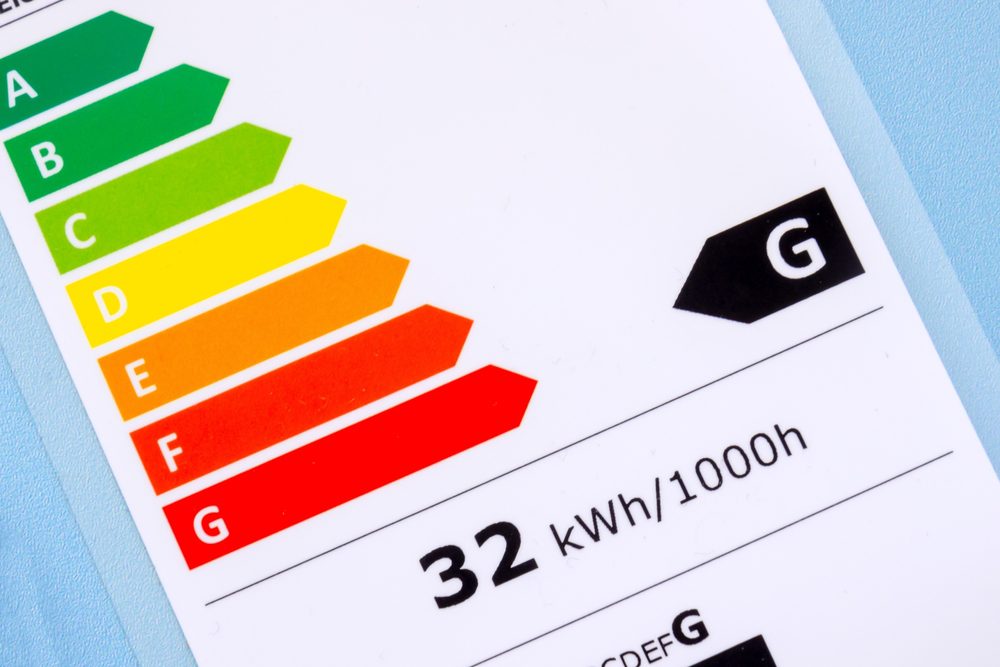
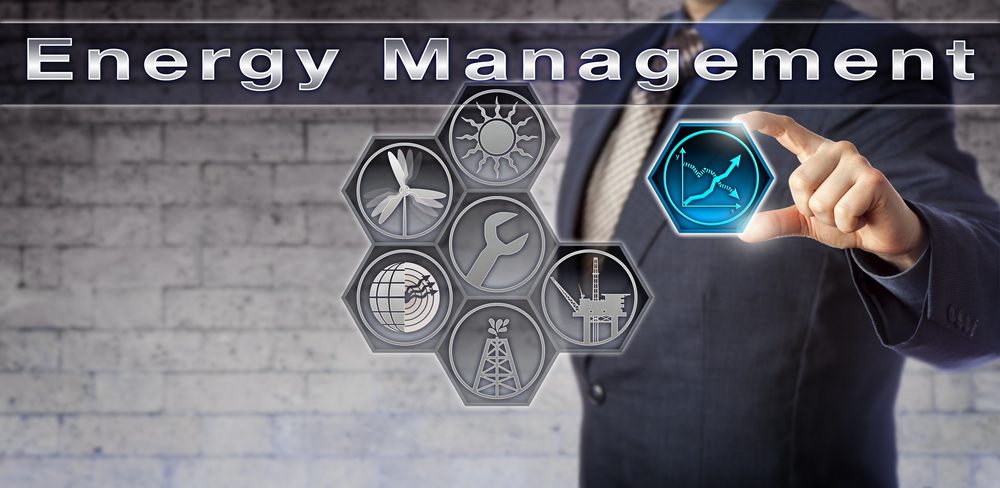
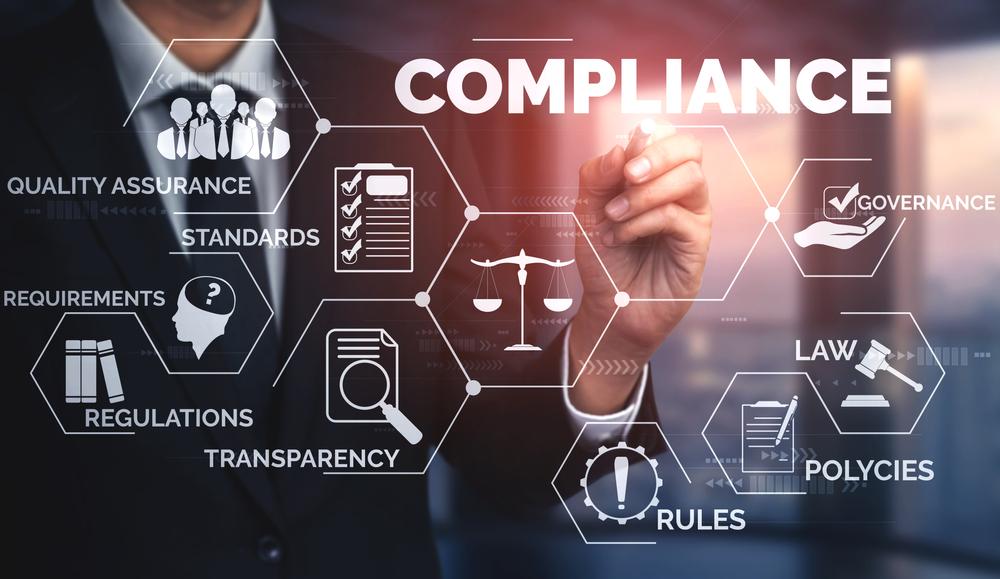

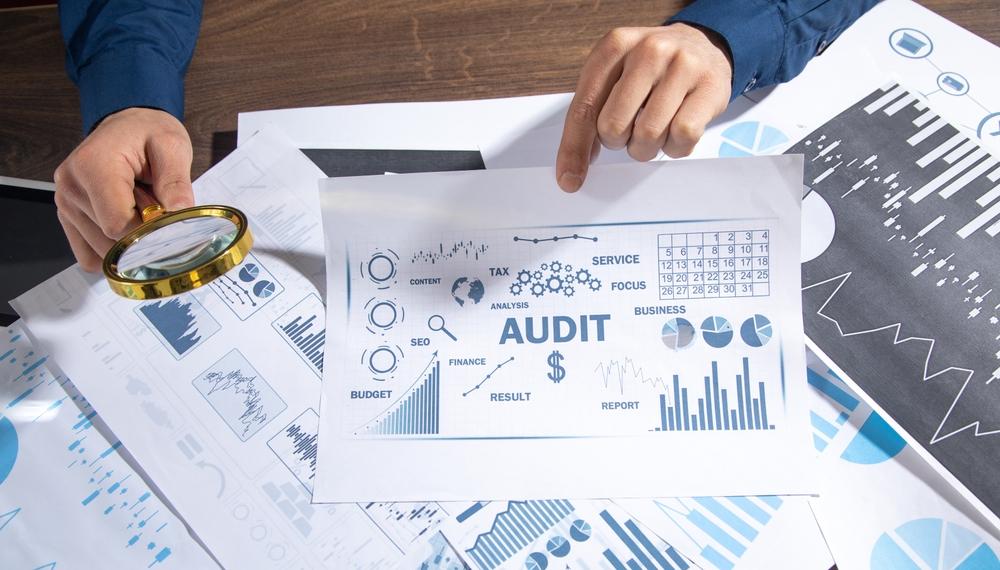

 Are you a building owner in San Francisco? If so, don’t miss the energy benchmarking report deadline! Every year, owners of non-residential buildings over 10,000 square feet can participate in energy benchmarking. The goal is to assess energy performance and decrease energy use with energy efficiency upgrades. All energy benchmarking reports must be completed by June 1st in order to comply with the regulations set by the California Energy Commission and receive their Energy Star Score. Using the data gathered from this report, owners will have all the information they need to identify energy-saving opportunities in their facility and make meaningful investments to improve energy efficiency. Get started today on meeting this important deadline for your energy benchmarking report!
Are you a building owner in San Francisco? If so, don’t miss the energy benchmarking report deadline! Every year, owners of non-residential buildings over 10,000 square feet can participate in energy benchmarking. The goal is to assess energy performance and decrease energy use with energy efficiency upgrades. All energy benchmarking reports must be completed by June 1st in order to comply with the regulations set by the California Energy Commission and receive their Energy Star Score. Using the data gathered from this report, owners will have all the information they need to identify energy-saving opportunities in their facility and make meaningful investments to improve energy efficiency. Get started today on meeting this important deadline for your energy benchmarking report! Here is what you should consider when complying with San Francisco benchmarking:
Here is what you should consider when complying with San Francisco benchmarking: